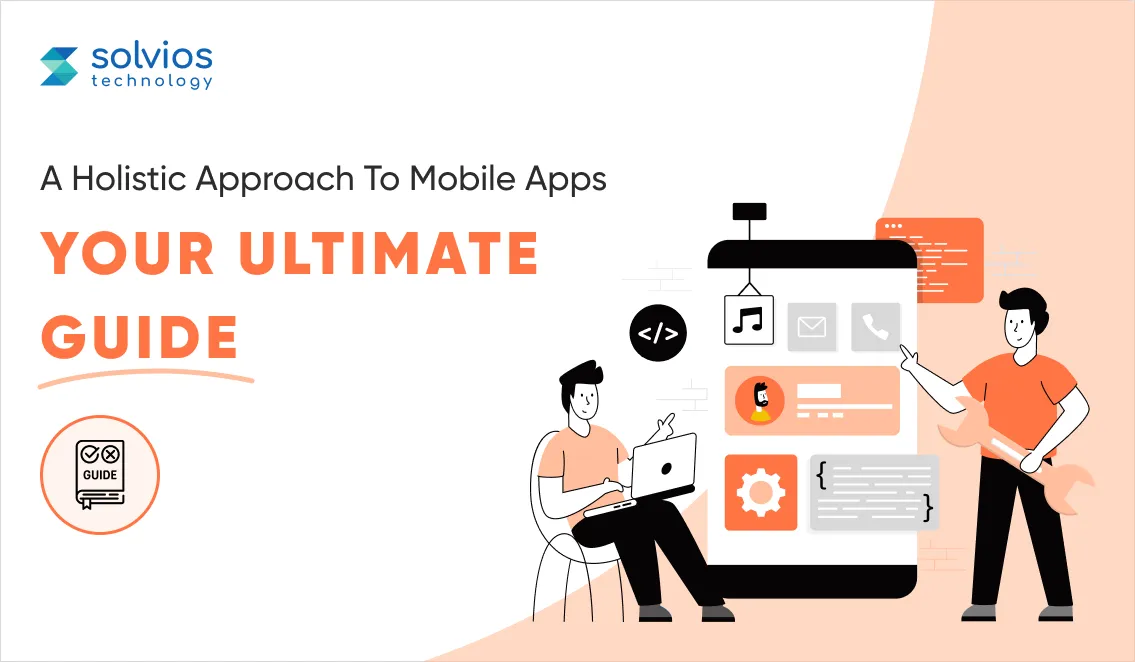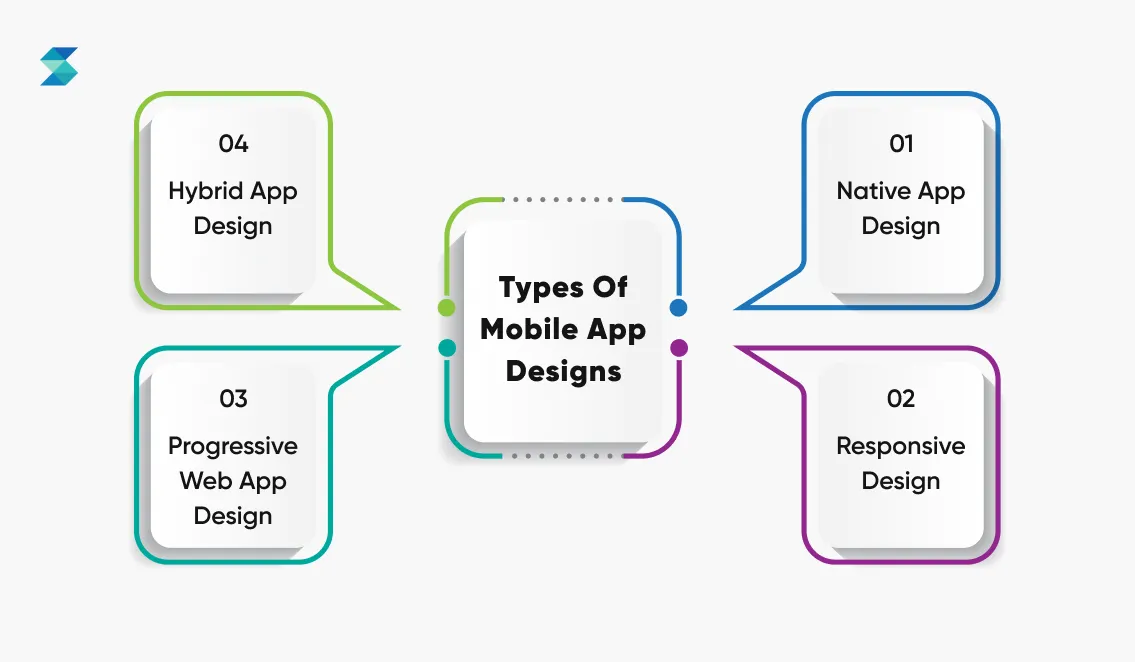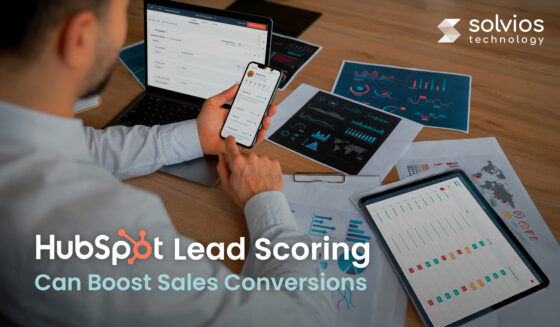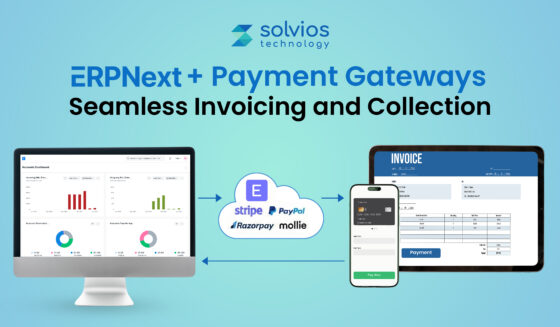
In today’s digital age, our smartphones have become more than just handy gadgets; they’re extensions of ourselves, pivotal in crucial moments of our daily lives.
The statistics speak volumes: the average American now spends five hours each day glued to their mobile device. Yet, it’s not merely the time invested but how we utilize it that indeed underscores the importance of mobile technology. The lion’s share of those hours is dedicated to navigating through mobile applications and websites, where the user experience (UX) reigns supreme.
Distinguishing between a standout app and a forgettable one often boils down to a single factor: the quality of its UX. In this landscape, a stellar UX is the cornerstone upon which successful apps are built, while those that falter often succumb to obscurity. Modern mobile users harbor high expectations for the apps they engage with, demanding swift loading times, intuitive interfaces, and moments of delight woven into every interaction.
For any aspiring app developer or entrepreneur, it’s imperative to recognize that UX isn’t merely a box to check off in the design process; it’s the very essence of a product’s strategy. To carve a niche in today’s competitive market and ensure your app’s success, prioritizing UX is non-negotiable.
What is Mobile App Design?
Mobile app design can be put across as the process of creating the visual and interactive factor that determines how users interact with it. It encompasses the app’s layout, aesthetics, usability, and overall user experience.
When considering app design, professionals often focus on two key questions:
Q1: What Will a User do on the App?
This pertains to the functionalities and features that the app will offer. Developers are primarily responsible for implementing these functionalities, dictating what actions users can take within the app.
Q2: How Will a User do Something (the primary function) on the App?
This delves into the user interface and user experience design aspects. Design professionals are tasked with crafting intuitive interfaces and seamless interactions that guide users through performing tasks within the app.
For example, in the context of an e-commerce app, while developers create the infrastructure for browsing and purchasing products, designers refine the user interface to ensure that the buying process is effortless and user-friendly.
Custom App Development Process – The Complete Guide
Learn the BenefitsSignificance of Mobile App Design Solutions
The importance of creating a custom design for your app cannot be overstated. The design is often the first impression users have of your app, influencing their decision to engage further. Here are a few reasons why custom design is crucial:
- First Impression: A well-designed app creates a positive first impression, capturing users’ attention and encouraging them to explore further.
- User Engagement: An intuitive and visually appealing design enhances user engagement by making it easy and enjoyable to navigate the app.
- Brand Identity: Custom design allows you to incorporate your brand’s visual identity and personality into the app, reinforcing brand recognition and loyalty.
- Competitive Edge: In the app market, a unique and memorable design sets your app apart from competitors, attracting more users.
- User Retention: A well-crafted design fosters a positive user experience, increasing the chances that users will go back to your app and recommend it to others.
Top Principles of Creating a User-Friendly Mobile App
1. User-Centric Approach
Successful mobile application design begins with understanding your target users. Adopting a user-centric approach involves thorough research to grasp user behaviors, pain points, and motivations. This insight shapes accurate user personas, guiding design decisions toward creating an app that resonates with users’ goals and preferences.
2. Seamless User Experience (UX)
Efficient mobile app design prioritizes delivering a seamless user experience. Clear, intuitive navigation guides users through the app effortlessly. Attention to information architecture ensures content is easily accessible. Engaging interactions and animations enhance user engagement, making the app enjoyable to use.
3. Visual Design and Branding
Visuals are crucial in attracting and retaining users. Consistency and coherence are key in creating a visually appealing app aligned with brand identity. Effective use of color theory and typography conveys desired emotions and messages. Incorporating brand elements enhances recognition and builds trust.
4. Mobile-Friendly Interface
Optimizing for various screen sizes and resolutions is essential for mobile app design. Responsive design ensures seamless adaptation to different devices. Attention to touch targets and interactive elements enhances usability on smaller screens. Readability and legibility considerations provide a comfortable viewing experience.
5. Performance and Speed
A fast, smooth app experience is vital for user satisfaction. Designing for speed involves minimizing unnecessary graphics and optimizing image sizes. Implementing caching techniques ensures smooth performance even on slower networks, enhancing the user experience.
6. Accessibility and Inclusivity
Inclusive design ensures accessibility for all users, including those with disabilities. Consideration of accessibility features such as screen reader compatibility and optimized color contrast expands app accessibility. This not only adheres to ethical standards but also broadens user engagement opportunities.
7. Usability Testing and Iteration
Continuous improvement based on user feedback is essential for creating an exceptional mobile app. Usability tests identify issues and gather insights for iterative design improvements. Regular testing and analysis of user behavior inform data-driven decisions, evolving the app to meet user needs effectively.
8. Security and Privacy
Robust security measures protect user data and foster trust. Adherence to industry best practices, such as data encryption and secure authentication, ensures user privacy. Open communication about data collection and usage practices empowers informed decisions, enhancing user trust.
9. App Store Optimization (ASO)
App Store Optimization (ASO) improves app visibility and discoverability. Compelling screenshots and icons accurately represent app features, attracting user attention. Positive user experiences drive favorable reviews and ratings, boosting app visibility in app stores. Leveraging ASO techniques increases the app’s reach and user engagement.
Why Designing Enterprise Mobile Applications is Essential?
Check It OutTypes of Mobile App Designs

Mobile application design encompasses various styles and approaches tailored to different purposes and preferences. Some common types include:
- Native App Design: Developed for specific platforms like iOS or Android, native apps offer optimized performance and user experience by leveraging platform-specific features.
- Responsive Design: Ensures apps adapt seamlessly to various screen sizes and resolutions, providing consistent user experiences across devices.
- Progressive Web App (PWA) Design: Combines web and mobile app features, delivering app-like experiences through web browsers. PWAs offer offline access, push notifications, and fast loading times.
- Hybrid App Design: Utilizes a single codebase to create apps compatible with multiple platforms. Hybrid apps blend web technologies with native elements for cross-platform functionality.
How to Design a Mobile App?
Designing a mobile app involves several key steps:
- Define Goals and User Requirements: Identify app objectives and user needs through research and analysis.
- Create Wireframes and Prototypes: Develop wireframes to outline app structure and flow. Create interactive prototypes to visualize user interactions and functionalities.
- Design User Interface (UI):Design UI elements such as buttons, icons, and navigation menus. Focus on aesthetics, usability, and brand consistency.
- Implement Visual Design: Apply colors, typography, and imagery to enhance visual appeal and convey brand identity.
- Test and Iterate: Conduct usability testing to gather feedback and identify areas for improvement. Iterate on design based on user insights and testing results.
Top App Design Examples
Several mobile apps stand out for their exemplary design and user experience:
- Instagram: Known for its intuitive interface, clean design, and seamless navigation, Instagram offers a visually engaging platform for sharing photos and videos.
- Headspace: With its calming color scheme, simple navigation, and interactive features, Headspace provides a serene user experience for meditation and mindfulness practices.
- Duolingo:Duolingo’s gamified approach to language learning features vibrant visuals, intuitive design, and personalized learning experiences, making language learning enjoyable and accessible to users.
- Airbnb: Airbnb’s app design emphasizes user-friendly navigation, stunning visuals, and personalized recommendations, creating a seamless booking experience for travelers worldwide.
How Much Does It Cost to Design an App?
The cost of designing a mobile app depends on factors such as features, complexity, platform, and design agency rates. The average cost can be between $3,000 to $150,000 or more.
Simple apps with basic functionalities may cost less, while complex apps with advanced features like real-time messaging or augmented reality can be more expensive to design. Additionally, designing for multiple platforms increases costs due to additional development and testing requirements.
A mobile app development company typically charges around $150 or more, depending on location and expertise. Factors such as revisions, scope changes, and third-party integrations can also impact design costs.
To get an accurate estimate, it’s essential to outline project requirements, conduct research, and request quotes from multiple design agencies. Investing in quality design is crucial for creating a thriving mobile app that resonates with users and achieves business objectives.
Final Thoughts
In a nutshell, mobile application design has become a focal point for both technical enthusiasts and those less versed in technology. With the growing emphasis on optimizing user interfaces and experiences, app owners seek every advantage possible, making optimal app design a crucial aspect of success.
If you are Looking for Mobile Design Solutions for Your Business
Get in Touch With Us TodayTags
Related Blog
Want to get started with App Development?
These applications are acquiring enormous prevalence by offering hands-on enterprise mobility solutions for organizations around the globe.
Start A Conversation















